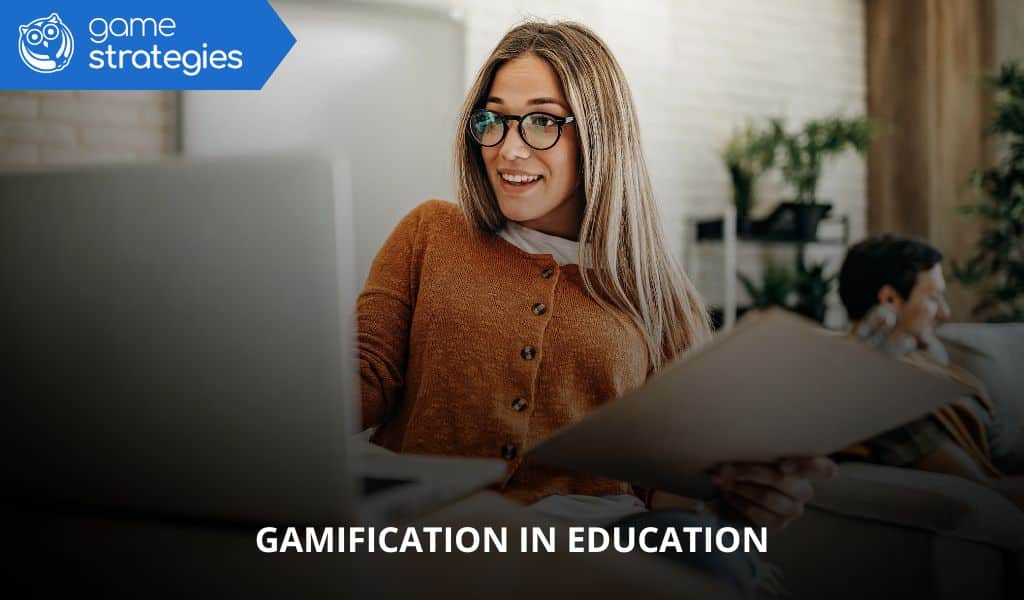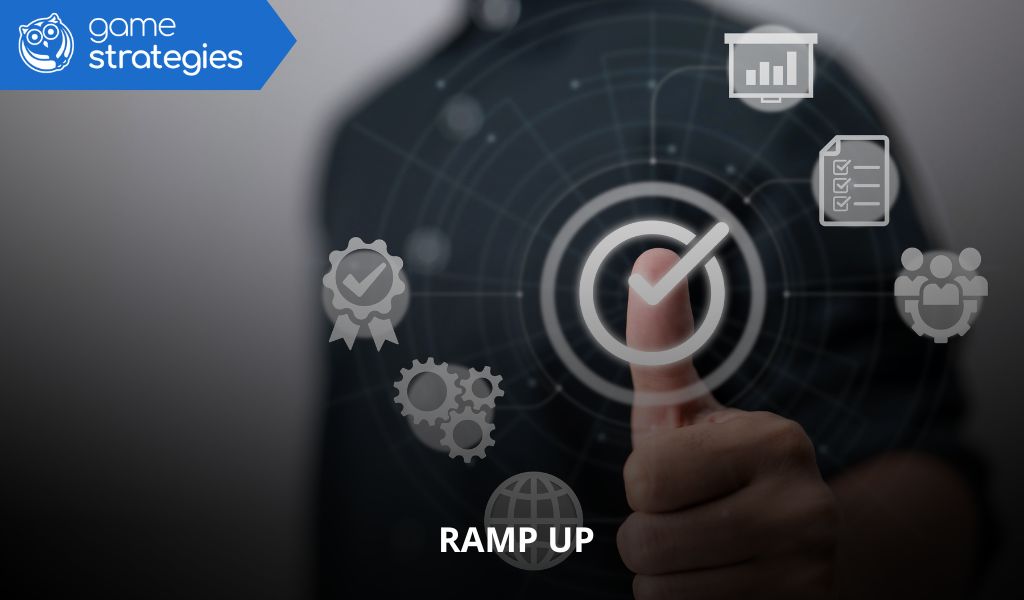Gamification in education has evolved far beyond the traditional classroom. It is now a powerful method for improving both learning outcomes and workplace performance. In this article from GameStrategies.io, we explain what gamification in education is, its key benefits, core elements, and how to implement it in both academic and corporate environments. Discover how to turn learning into a dynamic, motivating, and effective experience.
What is gamification in education?
Definition and origins of gamification in education
Gamification in education involves applying game-based elements—such as rewards, challenges, and storytelling—to learning environments. Its aim is to motivate learners and support the acquisition of knowledge and skills. While early examples date back to playful teaching approaches, it was the rise of digital technology that drove its widespread adoption.
Differences between gamification and game-based learning
These concepts are often confused, but they differ fundamentally:
- Gamification: introduces game mechanics like points, levels, and challenges into educational or professional settings.
- Game-based learning: uses complete games as pedagogical tools to teach specific content.
Why gamification in education enhances learning
Gamification transforms content into an engaging experience. By incorporating clear goals, immediate feedback, and rewards, it boosts commitment, strengthens knowledge retention, and increases learner participation.
Benefits of gamification in education
Increased motivation and learner engagement
Healthy competition, progress tracking, and the possibility of earning rewards make the learning process more appealing and consistent.
Improved knowledge retention
Game-based dynamics help anchor new knowledge in long-term memory by associating it with positive emotions and active participation.
Development of social and teamwork skills
Many gamified activities are designed to promote collaboration, communication, and group problem-solving.
Dynamic progress evaluation
Through scoring systems, levels, and immediate feedback, educators can monitor student performance continuously and effectively.
Personalised learning at the learner’s pace
Gamification allows for individualised difficulty and reward levels based on learner progress, supporting personalised education paths.
Key elements of gamification in education
Points, levels, and rewards
These are core to any gamified system. They reinforce achievements and provide learners with a sense of progress.
Leaderboards and healthy competition
Used correctly, leaderboards foster motivation through peer comparison, provided they are implemented in a balanced and inclusive manner.
Missions, challenges, and learning objectives
These turn academic content into enjoyable and achievable tasks, promoting critical thinking and problem-solving.
Storytelling and narrative techniques in education
A compelling story enhances focus and creates context, making learning experiences more memorable and emotionally engaging.
How to apply gamification in the classroom

Effective strategies for gamifying learning
- Define clear educational goals
- Link achievements to meaningful rewards
- Ensure visible progress and continuous feedback
- Encourage active student participation
Digital tools and platforms for gamification in education
Some of the most widely used platforms include:
- Kahoot!: interactive quizzes and competitive learning
- Classcraft: gamified classroom management
- Quizizz: game-based assessments
- Minecraft Education: creative learning and problem-solving
Offline gamified activities
Gamification doesn’t require technology. You can apply it through:
- Role-playing games
- Group-based challenges
- Physical reward cards
- Handwritten classroom leaderboards
Examples of gamification in education
Kahoot!: learning through interactive quizzes
Kahoot! is used globally in schools and universities, turning reviews and assessments into fun, competitive games.
Classcraft: missions and classroom rewards
This platform transforms students into game characters who collaborate to complete missions—ideal for promoting teamwork and motivation.
Duolingo: gamification in language learning
The world’s most popular language app uses points, levels, streaks, and notifications to keep users learning consistently.
Minecraft Education: creativity and critical thinking
The educational version of Minecraft enables teaching subjects like history, maths, and soft skills through creative and problem-based gameplay.
Challenges and common mistakes in gamification in education
Balancing intrinsic and extrinsic motivation
While external rewards help engagement, they should not replace curiosity or the intrinsic joy of learning. A balance is essential.
Inclusion and accessibility in gamified learning
Ensure that all learners, regardless of ability or learning style, can access and benefit from the gamified approach.
Avoiding reward overload and unfair competition
Excessive stimuli can backfire. Design your system carefully to motivate all learners without overwhelming or isolating anyone.
Gamification in education is not just a trend—it is a proven methodology with measurable results. When applied correctly, it can transform both classrooms and professional training environments. To explore how to integrate gamification into your own projects, visit GameStrategies.io for expert resources, tools, and guidance.
¿De cuánta utilidad te ha parecido este contenido?
¡Haz clic en una estrella para puntuarlo!
Promedio de puntuación 5 / 5. Recuento de votos: 1
Hasta ahora, ¡no hay votos!. Sé el primero en puntuar este contenido.









